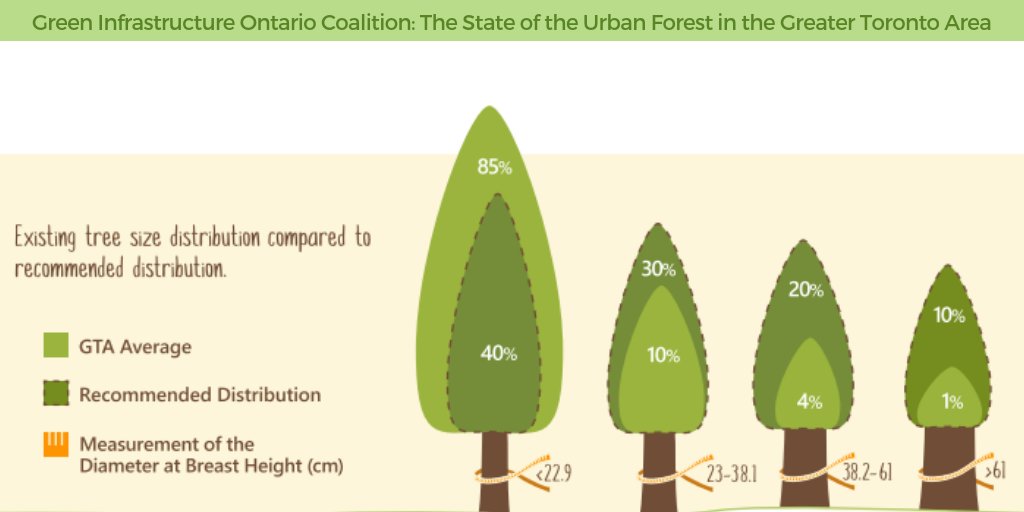Necessary Methods For Tree Pruning: Growing A Lavish Landscape
Necessary Methods For Tree Pruning: Growing A Lavish Landscape
Blog Article
Written By-
When it comes to developing a landscape that thrives, mastering the art of tree trimming is a must. Think of being able to sculpt your trees with precision, ensuring their vitality and elegance for years to find. By learning the vital techniques for proper cuts, timing, and architectural training, you hold the secret to a flourishing outside space that will certainly impress all who experience it. Yet how do these trimming approaches really influence the health of your trees and the total landscape visual?
Correct Pruning Cuts for Tree Wellness
When it concerns maintaining the health of your trees, making appropriate pruning cuts is necessary. Inaccurate cuts can cause illness, insect infestation, and overall tree decline. To ensure the vitality of your trees, always start by utilizing sharp, tidy tools to make specific cuts.
Begin by recognizing the branch collar, a puffy location where the branch attaches to the trunk. Reducing simply outside the collar aids advertise proper recovery and minimizes the danger of infection. Avoid leaving stubs as they can invite parasites and illness right into the tree.
Keep in mind to make cuts at a mild angle, sloping away from the trunk, to stop water from merging on the wound. Additionally, get rid of any kind of dead, harmed, or crossing branches to enhance air blood circulation and sunlight infiltration.
Timing and Regularity of Pruning
To maintain the health and structure of your trees, understanding the ideal timing and frequency of pruning is vital.
The very best time to trim trees is normally throughout the inactive season in late wintertime or early spring. Trimming throughout this duration helps advertise brand-new growth once the tree begins budding in the springtime.
However, some trees, like spring-flowering ones, are best pruned right after they finish blooming to avoid removing following year's flower buds.
Routine trimming is necessary, but the regularity depends on the tree varieties and its growth rate. For power landscaping of trees, a yearly inspection to get rid of dead, diseased, or going across branches is suggested. Young trees may call for more regular pruning to establish a strong framework, while fully grown trees might just need upkeep trimming every few years.
Stay clear of trimming during the fall when diseases are much more easily spread, and refrain from hefty trimming during the summertime when the tree is actively growing.
Training Young Trees for Structure
For establishing strong and healthy trees, training young trees for optimal structure is necessary. By shaping a tree when it's young, you set the structure for a durable and visually appealing fully grown tree.
Begin by identifying the central leader, which is the primary upward-growing branch. Encourage the central leader's growth by trimming away competing leaders, helping the tree establish a strong main trunk. Furthermore, remove any branches that expand internal or downward, as they can cause structural issues as the tree expands.
please click the following internet page is essential to space out lateral branches evenly around the trunk to promote well balanced growth. As the tree grows, continue to check its development and trim as needed to preserve its form and structure.
Correctly educated young trees are less likely to develop weak crotches or overcrowded branches, decreasing the risk of damages throughout storms. Investing time in training young trees will certainly pay off with a beautifully structured and resistant tree in the future.
Conclusion
Now that you have actually grasped the vital strategies of tree trimming, your landscape is on its way to flourishing. By utilizing sharp tools, making specific cuts, and effectively timing your trimming sessions, you are making certain the health and wellness and long life of your trees. Bear in mind to routinely inspect and preserve your trees to keep them growing. With your newly found understanding, your landscape will certainly continue to grow wonderfully for years ahead. Keep up the magnum opus!
